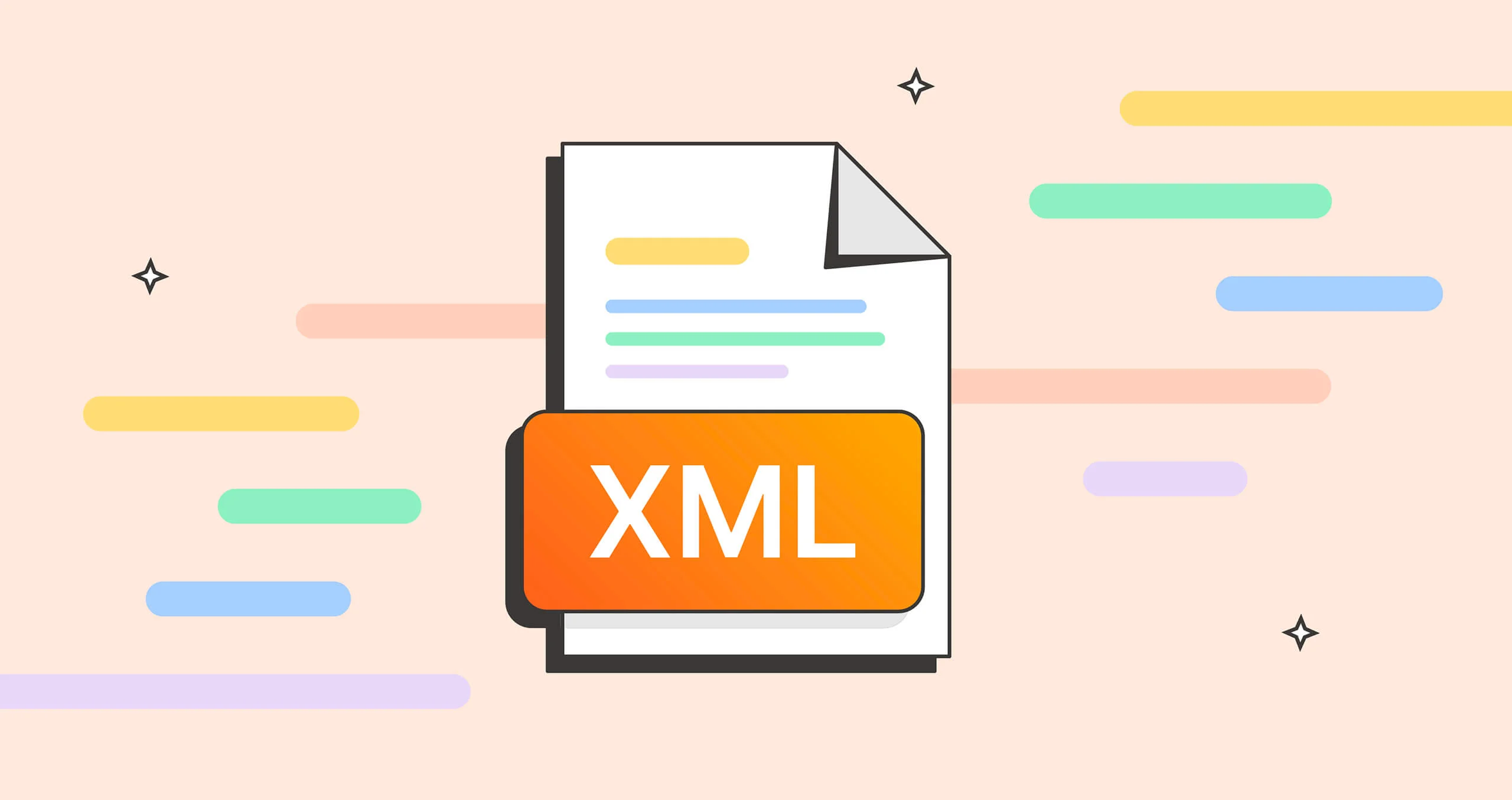Disable DTD and external entity parsing to prevent XXE attacks; 2. Verify and clean input data using strict XSD mode; 3. Limit the number of entity extensions, document size and nesting depth to resist XML bombs; 4. Enable WS-Security for SOAP services, verify envelopes, and limit WSDL exposure; 5. Prioritize safer data formats such as JSON and continuously update XML processing libraries. Through multi-layer defense policies, all XML input can be strictly processed, which can effectively prevent data breaches, denial of service, and remote code execution risks.

Web services often rely on XML for data exchange, especially in legacy systems using SOAP or other XML-based protocols. While XML is powerful and structured, it introduces security risks—particularly XML-based injection attacks , which can lead to data theft, denial of service, or remote code execution. Securing web services against these threats require a layered defense strategy.

Here's how to effectively protect your systems:
1. Validate and Sanitize All XML Input
Never trust incoming XML data. Attackers can embed malicious payloads in seemingly valid XML structures.

- Use strict schema validation (XSD) : Define and enforce a tight schema for accepted XML. Reject any document that doesn't conform.
- Implement input sanitization : Strip or escape dangerous constructs like external entities, processing instructions, or CDATA sections if not required.
- Reject XML with DTDs (Document Type Definitions) : Unless absolutely necessary, disable DTD processing entirely. Many XML injection attacks (like XXE) rely on DTDs.
Example: An XXE attack might look like:
<!DOCTYPE foo [ <!ENTITY xxe SYSTEM "file:///etc/passwd"> ]> <data>&xxe;</data>If DTD parsing is enabled, this could expose sensitive server files.
2. Prevent XXE (XML External Entity) Attacks
XXE is one of the most common and dangerous XML injection flaws. It exploits the parser's ability to resolve external entities.
Mitigation steps:
- Disable external entity resolution in your XML parser:
- In Java (eg, using
DocumentBuilder):DocumentBuilderFactory factory = DocumentBuilderFactory.newInstance(); factory.setFeature("http://apache.org/xml/features/disallow-doctype-decl", true); factory.setFeature("http://xml.org/sax/features/external-general-entities", false); - In .NET, avoid
XmlDocumentwith DTDs enabled; useXmlReaderwith secure settings.
- In Java (eg, using
- Use safer data formats when possible : Consider switching to JSON over XML for new services, especially if SOAP isn't required.
- Patch and update XML processors : Old libraries (like certain versions of Xerces or libxml2) have known XXE vulnerabilities.
3. Guard Against XML Bomb (Billion Laughs Attack)
This denial-of-service attack uses entity expansion to consume massive memory.
Example:
<!DOCTYPE bomb [ <!ENTITY a "1234567890"> <!ENTITY b "&a;&a;&a;&a;&a;&a;&a;&a;&a;&a;&a;"> <!ENTITY c "&b;&b;&b;&b;&b;&b;&b;&b;&b;&b;&b;"> ... ]> <data>&c;</data>
Even small payloads can expand into gigabytes of data.
Defenses:
- Set limits on:
- Entity expansion count
- Document size
- Nesting depth
- Use parsers that support these limits natively (eg, Java's
XMLConstants.FEATURE_SECURE_PROCESSING) - Consider using streaming parsers (like SAX or StAX) that don't load the entire document into memory
4. Secure SOAP and WSDL Interfaces
SOAP-based services are particularly vulnerable if not hardened.
- Use WS-Security for message-level encryption and signing.
- Validate SOAP envelopes against schema.
- Disable WSDL exposure in production if not needed, or restrict access.
- Watch for SOAPAction spoofing or parameter tampering.
Tip: Use tools like SOAP UI carefully in testing environments, but ensure endpoints aren't exposed to unauthorized users.
Final Notes
XML injection attacks are often overlooked in modern apps shifting to JSON, but many enterprise systems still rely on XML. The key is never to parse untrusted XML with default, permitive settings .
Best practices summary:
- Disable DTDs and external entities
- Validate input with schema
- Limit parsing resources
- Keep XML libraries updated
- Prefer simpler, safe formats when feasible
Basically, treat XML like any untrusted input—validate, restrict, and verify. Most attacks succeed not because XML is inherently bad, but because parsers are left too open. Lock them down, and you eliminate most risks.
The above is the detailed content of Securing Web Services Against XML-Based Injection Attacks. For more information, please follow other related articles on the PHP Chinese website!

Hot AI Tools

Undress AI Tool
Undress images for free

Undresser.AI Undress
AI-powered app for creating realistic nude photos

AI Clothes Remover
Online AI tool for removing clothes from photos.

ArtGPT
AI image generator for creative art from text prompts.

Stock Market GPT
AI powered investment research for smarter decisions

Hot Article

Hot Tools

Notepad++7.3.1
Easy-to-use and free code editor

SublimeText3 Chinese version
Chinese version, very easy to use

Zend Studio 13.0.1
Powerful PHP integrated development environment

Dreamweaver CS6
Visual web development tools

SublimeText3 Mac version
God-level code editing software (SublimeText3)
 Understanding the pom.xml File in Maven
Sep 21, 2025 am 06:00 AM
Understanding the pom.xml File in Maven
Sep 21, 2025 am 06:00 AM
pom.xml is the core configuration file of the Maven project, which defines the project's construction method, dependencies and packaging and deployment behavior. 1. Project coordinates (groupId, artifactId, version) uniquely identify the project; 2. Dependencies declare project dependencies, and Maven automatically downloads; 3. Properties define reusable variables; 4. build configure the compilation plug-in and source code directory; 5. parentPOM implements configuration inheritance; 6. dependencyManagement unified management of dependency version. Maven can improve project stability by parsing pom.xml for execution of the construction life cycle.
 Building a Simple RSS Feed Aggregator with Node.js
Sep 20, 2025 am 05:47 AM
Building a Simple RSS Feed Aggregator with Node.js
Sep 20, 2025 am 05:47 AM
To build an RSS aggregator, you need to use Node.js to combine axios and rss-parser packages to grab and parse multiple RSS sources. First, initialize the project and install the dependencies, and then define a URL list containing HackerNews, TechCrunch and other sources in aggregator.js. Concurrently obtain and process data from each source through Promise.all, extract the title, link, release time and source, and arrange it in reverse order of time after merge. Then you can output the console or create a server in Express to return the results in JSON format. Finally, you can add a cache mechanism to avoid frequent requests and improve performance, thereby achieving an efficient and extensible RSS aggregation system.
 XML Transformation with XSLT 3.0: What's New?
Sep 19, 2025 am 02:40 AM
XML Transformation with XSLT 3.0: What's New?
Sep 19, 2025 am 02:40 AM
XSLT3.0introducesmajoradvancementsthatmodernizeXMLandJSONprocessingthroughsevenkeyfeatures:1.Streamingwithxsl:modestreamable="yes"enableslow-memory,forward-onlyprocessingoflargeXMLfileslikelogsorfinancialdata;2.Packagesviaxsl:packagesupport
 How to Efficiently Stream and Parse Gigabyte-Sized XML Files
Sep 18, 2025 am 04:01 AM
How to Efficiently Stream and Parse Gigabyte-Sized XML Files
Sep 18, 2025 am 04:01 AM
To efficiently parse GB-level XML files, streaming parsing must be used to avoid memory overflow. 1. Use streaming parsers such as Python's xml.etree.iterparse or lxml to process events and call elem.clear() in time to release memory; 2. Only process target tag elements, filter irrelevant data through tag names or namespaces, and reduce processing volume; 3. Support streaming reading from disk or network, combining requests and BytesIO or directly using lxml iterative file objects to achieve download and parsing; 4. Optimize performance, clear parent node references, avoid storing processed elements, extract only necessary fields, and can be combined with generators or asynchronous processing to improve efficiency; 5. Pre-pre-pre-pre-pre-pre-size files can be considered for super-large files;
 How to Scrape Website Data and Create an RSS Feed from It
Sep 19, 2025 am 02:16 AM
How to Scrape Website Data and Create an RSS Feed from It
Sep 19, 2025 am 02:16 AM
Checklegalconsiderationsbyreviewingrobots.txtandTermsofService,avoidserveroverload,andusedataresponsibly.2.UsetoolslikePython’srequests,BeautifulSoup,andfeedgentofetch,parse,andgenerateRSSfeeds.3.ScrapearticledatabyidentifyingHTMLelementswithDevTools
 Optimizing XML Processing Performance
Sep 17, 2025 am 02:52 AM
Optimizing XML Processing Performance
Sep 17, 2025 am 02:52 AM
UseStAXforlargefilesduetoitslowmemoryfootprintandbettercontrol;avoidDOMforlargeXML;2.ProcessXMLincrementallywithSAXorStAXtoavoidloadingentiredocuments;3.AlwaysuseBufferedInputStreamtoreduceI/Ooverhead;4.Disableschemavalidationinproductionunlessnecess
 How to Parse XML Files in Python with ElementTree
Sep 17, 2025 am 04:12 AM
How to Parse XML Files in Python with ElementTree
Sep 17, 2025 am 04:12 AM
Use ElementTree to easily parse XML files: 1. Use ET.parse() to read the file or ET.fromstring() to parse the string; 2. Use .find() to get the first matching child element, .findall() to get all matching elements, and obtain attributes and .text to get text content; 3. Use find() to deal with missing tags and determine whether it exists or use findtext() to set the default value; 4. Support basic XPath syntax such as './/title' or './/book[@id="1"]' for in-depth search; 5. Use ET.SubElement()
 Consuming and Displaying an RSS Feed in a React Application
Sep 23, 2025 am 04:08 AM
Consuming and Displaying an RSS Feed in a React Application
Sep 23, 2025 am 04:08 AM
To add RSSfeed to React applications, you need to resolve CORS restrictions and parse XML data through a server-side proxy. The specific steps are as follows: 1. Use CORS agent (development stage) or create server functions (production environment) to obtain RSSfeed; 2. Use DOMParser to convert XML into JavaScript objects; 3. Request this interface in the React component to obtain parsed JSON data; 4. Render the data to display the title, link, date and description, and safely process the HTML content; 5. It is recommended to add load status, error handling, entry restrictions and server-side cache to optimize the experience. The ultimate implementation integrates external content without a third-party API.




